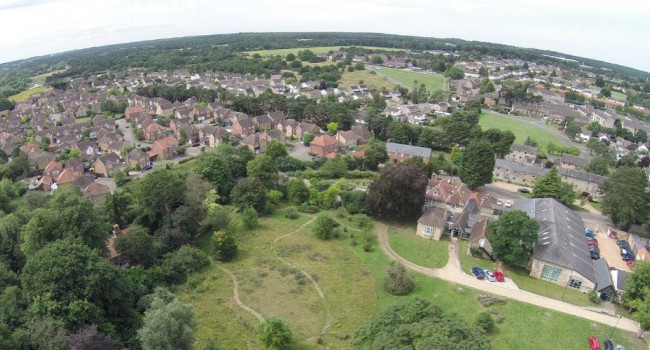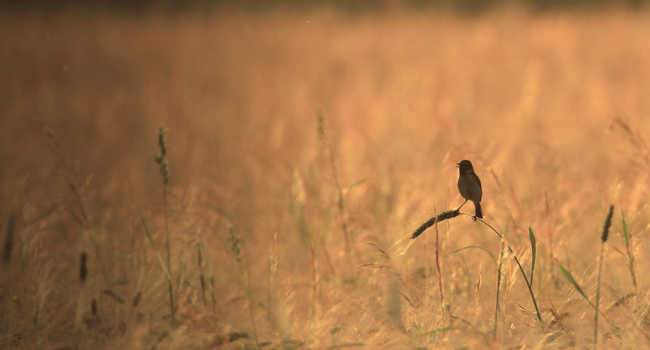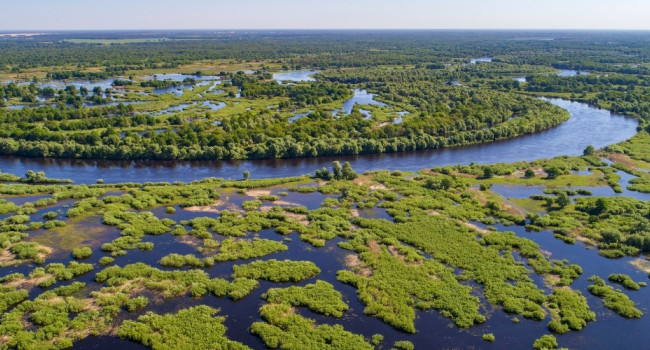The effect of artificial lighting on the arrival time of birds using garden feeding stations in winter: A missed opportunity?

Author(s): Clewley, G.D., Plummer, K.E., Robinson, R.A., Simm, C.H. & Toms, M.P.
Published: December 2015
Journal: Urban Ecosystems Volume: 19
Digital Identifier No. (DOI): 10.1007%2Fs11252-015-0516-y
Results from the 2014 Early Bird Survey show that birds arrive later to feed in gardens in areas with high levels of artificial lighting, whether in the town or country.
Artificial lighting from street lights, advertising signs, homes and offices, is one of the key ways in which humans have changed the environment, particularly in urban areas. There has been much research into the effects of artificial light on birds during the breeding season, especially on the timing of song, but few studies have investigated other behaviours, or the effects of artificial light at other times of the year. Previous work by the BTO has revealed that birds tend to arrive at garden feeders later in the day in winter in urban areas than in rural areas. However, it was not known how this pattern could be affected by the density of artificial lights and whether garden birds would take advantage of increased foraging time provided by extra illumination in very well-lit areas.
Now, new research led by Gary Clewley of the BTO’s Demography Team has answered this question. The study used data collected by thousands of volunteers across the UK, who took part in the BTO Garden BirdWatch Early Bird Survey in early-January 2014. This involved observers recording the time at which the first ten species that arrived in their gardens to feed one morning. Additionally, observers noted the number of artificial lights in the area surrounding their gardens.
Blackbirds were the first to birds to arrive, followed by Robins and Blue Tits. In contrast to what may have been expected, the study found that birds tended to arrive later where there were more artificial lights present, both in urban but also in rural areas. Therefore, artificial lighting does not appear to be acting against the pattern of later arrival in more urban areas and may actually afford birds slightly less foraging time on winter mornings. The mechanism driving this pattern, is not yet understood, but there are several possible explanations. For example, birds in well-lit areas might forage elsewhere before they visit gardens, or they might forage longer into the evening. Alternatively, they might avoid garden feeders if there is a higher risk of predation in that habitat in well-lit areas. January 2014 was also mild, so birds might behave differently in colder weather. Nonetheless, this study demonstrates another important effect of artificial light on birds. Further research is required to fully understand this phenomenon and how it varies throughout the year. This understanding is critically important, given than urbanisation is increasing globally, and birds and other wildlife are ever more exposed, and forced to respond to, our artificial light.









Share this page